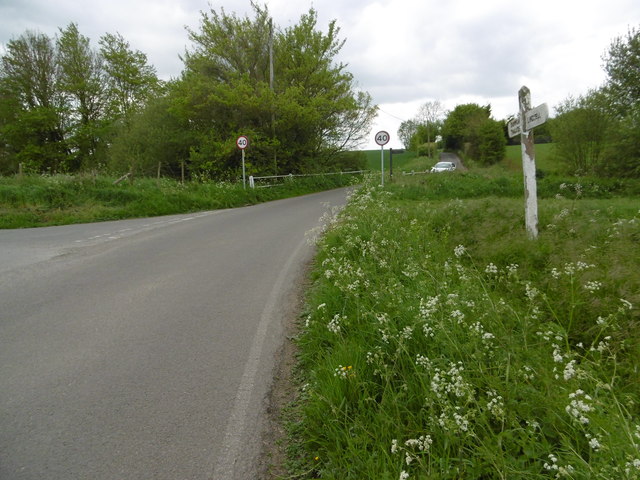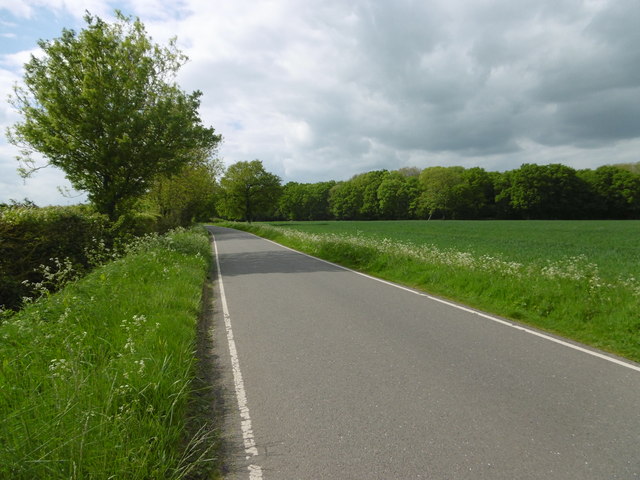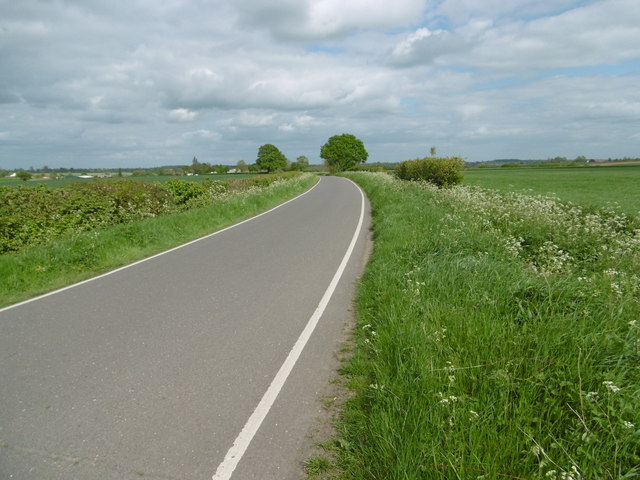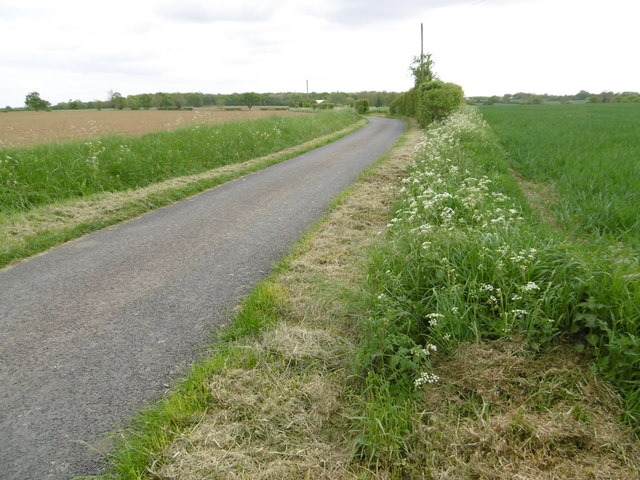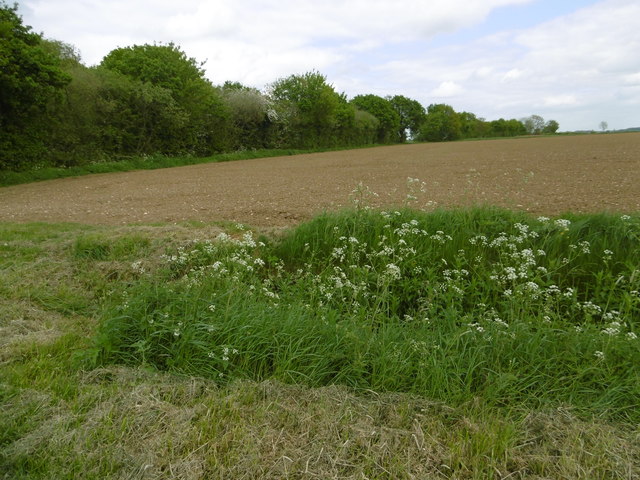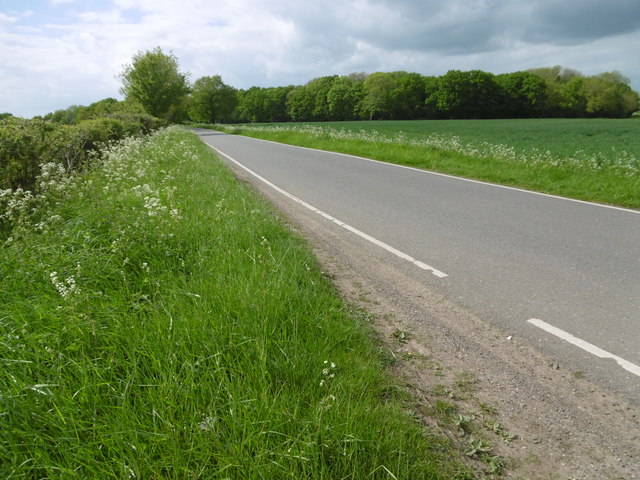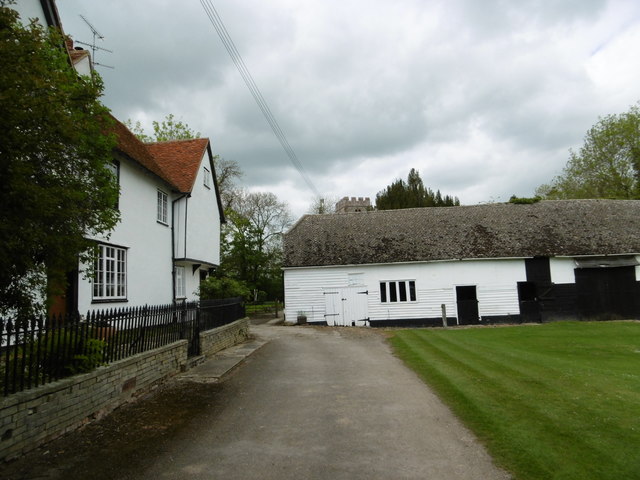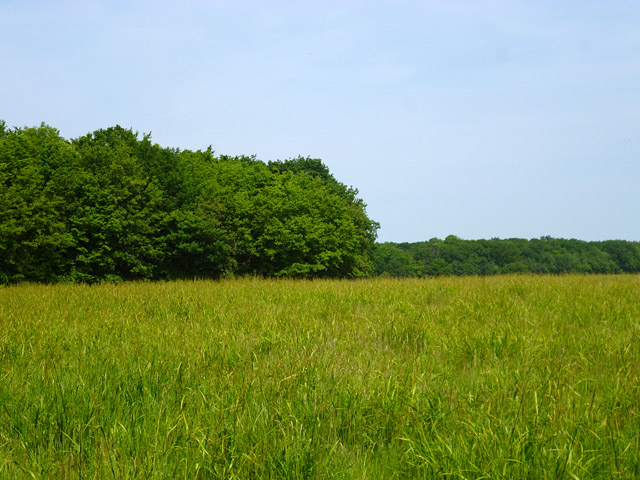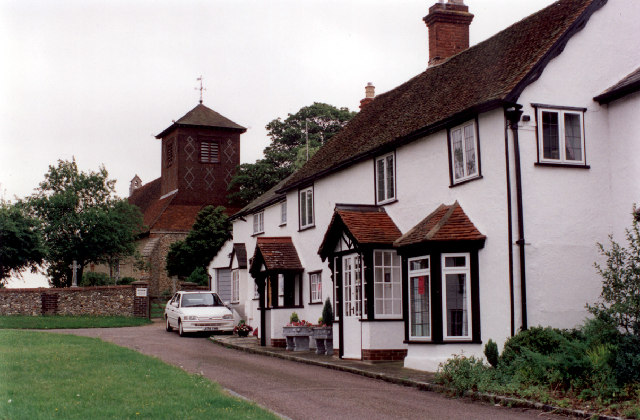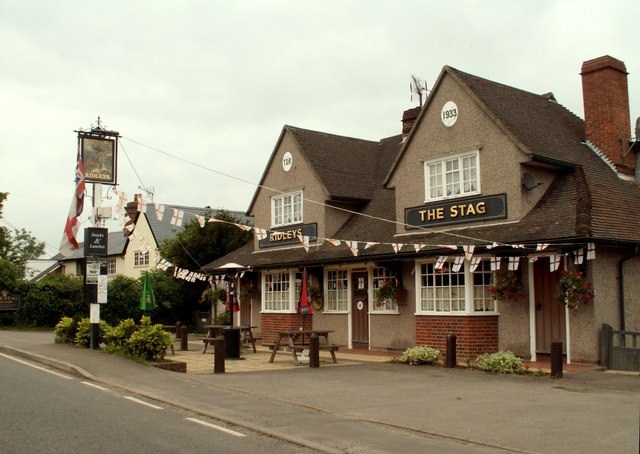Four Corner Spinney
Wood, Forest in Essex Uttlesford
England
Four Corner Spinney
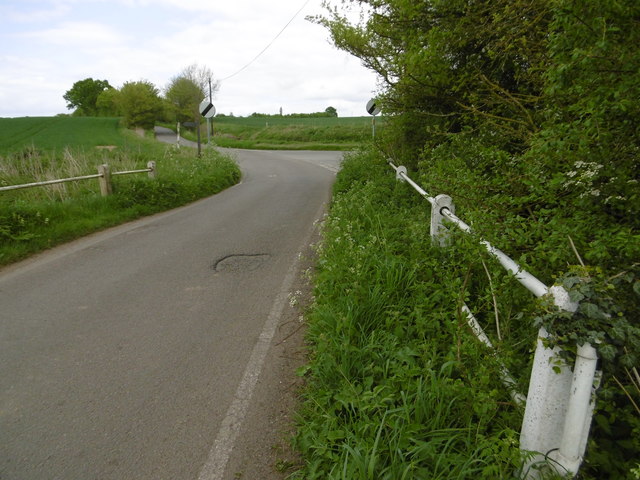
Four Corner Spinney is a small woodland located in Essex, England. It is situated in the rural area of the county, near the town of Chelmsford. The spinney covers an area of approximately 10 acres and is characterized by a dense growth of trees and shrubs.
The woodland is primarily composed of broadleaf trees, including oak, beech, and ash. These trees provide a lush and green canopy, creating a tranquil and serene atmosphere within the spinney. The forest floor is covered in a thick carpet of moss, ferns, and wildflowers, which adds to the natural beauty of the area.
Four Corner Spinney is a popular destination for nature lovers and outdoor enthusiasts. It offers a range of activities, such as walking, birdwatching, and photography. The diverse range of wildlife found in the spinney includes various species of birds, such as woodpeckers and owls, as well as small mammals like squirrels and rabbits.
The spinney is also home to a network of footpaths and trails, allowing visitors to explore the woodland at their own pace. These paths wind through the trees, providing glimpses of sunlight filtering through the leaves and creating a magical atmosphere.
Overall, Four Corner Spinney is a beautiful woodland that offers a peaceful retreat from the hustle and bustle of everyday life. Its diverse array of flora and fauna, combined with its tranquil ambiance, make it a must-visit destination for nature enthusiasts in Essex.
If you have any feedback on the listing, please let us know in the comments section below.
Four Corner Spinney Images
Images are sourced within 2km of 51.909367/0.37557323 or Grid Reference TL6326. Thanks to Geograph Open Source API. All images are credited.
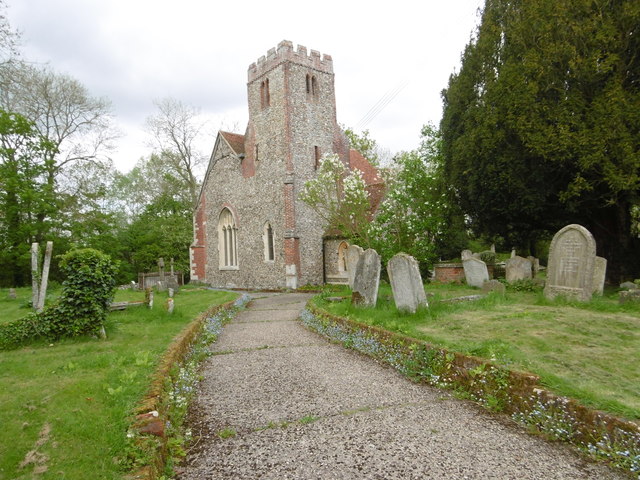
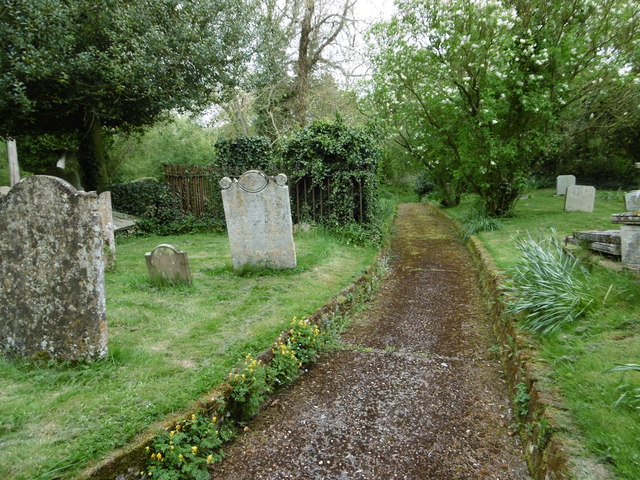
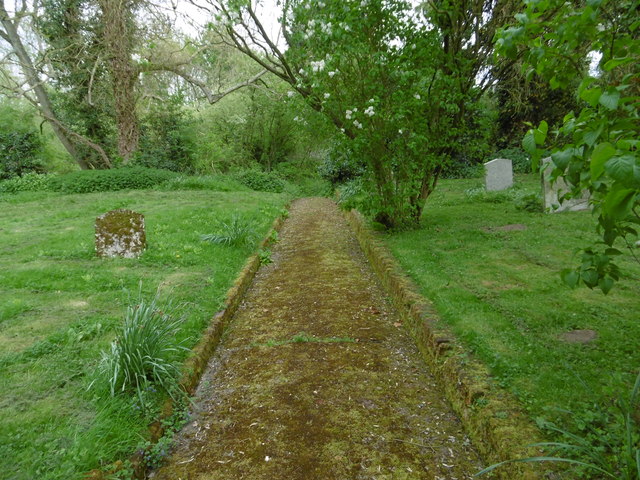
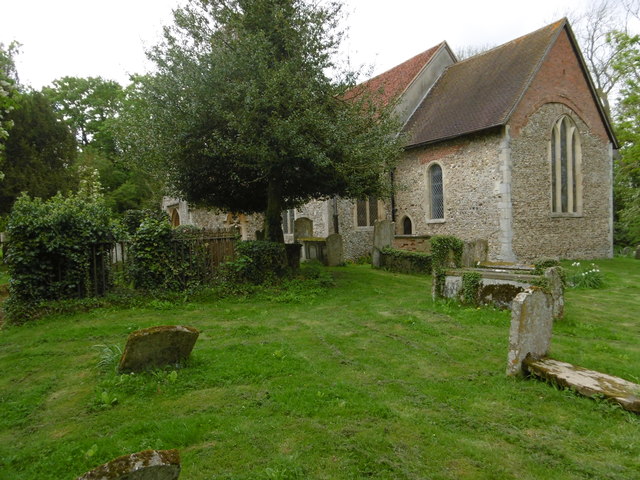
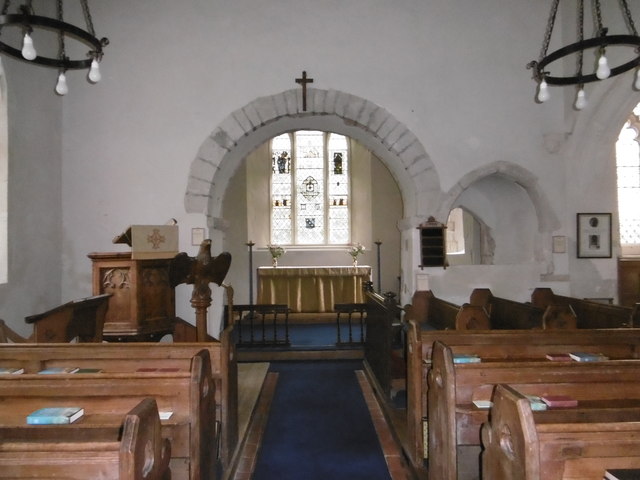


Four Corner Spinney is located at Grid Ref: TL6326 (Lat: 51.909367, Lng: 0.37557323)
Administrative County: Essex
District: Uttlesford
Police Authority: Essex
What 3 Words
///blip.named.hence. Near Great Dunmow, Essex
Nearby Locations
Related Wikis
Lindsell
Lindsell is a village and civil parish in the district of Uttlesford in the county of Essex, England. Nearby settlements include the parish hamlets of...
Bran End
Bran End is a village in Essex, England. == External links == Media related to Bran End at Wikimedia Commons
Holder's Green
Holder's Green is a hamlet near the village of Lindsell, in the Uttlesford district of Essex, England. The hamlet is the site of the Essex Wildlife Trust...
Stebbing
Stebbing is a small village in the Uttlesford district of northern Essex, England. The village is situated north of the ancient Roman road Stane Street...
Bustard Green
Bustard Green is a hamlet in the civil parish of Lindsell, and the Uttlesford district of Essex, England, and is just under 1 mile (2 km) north from the...
Richmond's Green
Richmond's Green or Richmonds Green is a hamlet in the civil parish of Thaxted, and the Uttlesford district of Essex, England. It is 1.5 miles (2 km) miles...
Great Easton, Essex
Great Easton is a village and civil parish in the Uttlesford district in Essex, England.Great Easton village is about 2 miles (3.2 km) north of Great Dunmow...
Little Easton
Little Easton is a village and civil parish in Essex, England. The village is situated approximately 7 miles (11 km) east from the town of Bishop's Stortford...
Related Videos
Half Life Alyx Moments 1 (Epic 1st Strider Scene)
Love Half Life so thought Id do some quick moments clips.
Is it safe for dogs to play with balls?...#shorts #field #dog #owner #ball
Avoid outdoor activity on hot or humid days. Ball obsessions can mean that dogs don't stop when they should causing them to ...
Why do dogs sniff everyone?...#shorts #dog #owner #park #food #walkthrough
Why do dogs sniff everyone? When dogs sniff people they are gaining all sorts of information about us. They know if we are ...
The meaning of pink roses is gratitude and admiration...#shorts #roses #garden #сад #цветы #красота
The meaning of pink roses is gratitude and admiration. They're the perfect choice for the people you appreciate most, like your ...
Have you been to Four Corner Spinney?
Leave your review of Four Corner Spinney below (or comments, questions and feedback).
